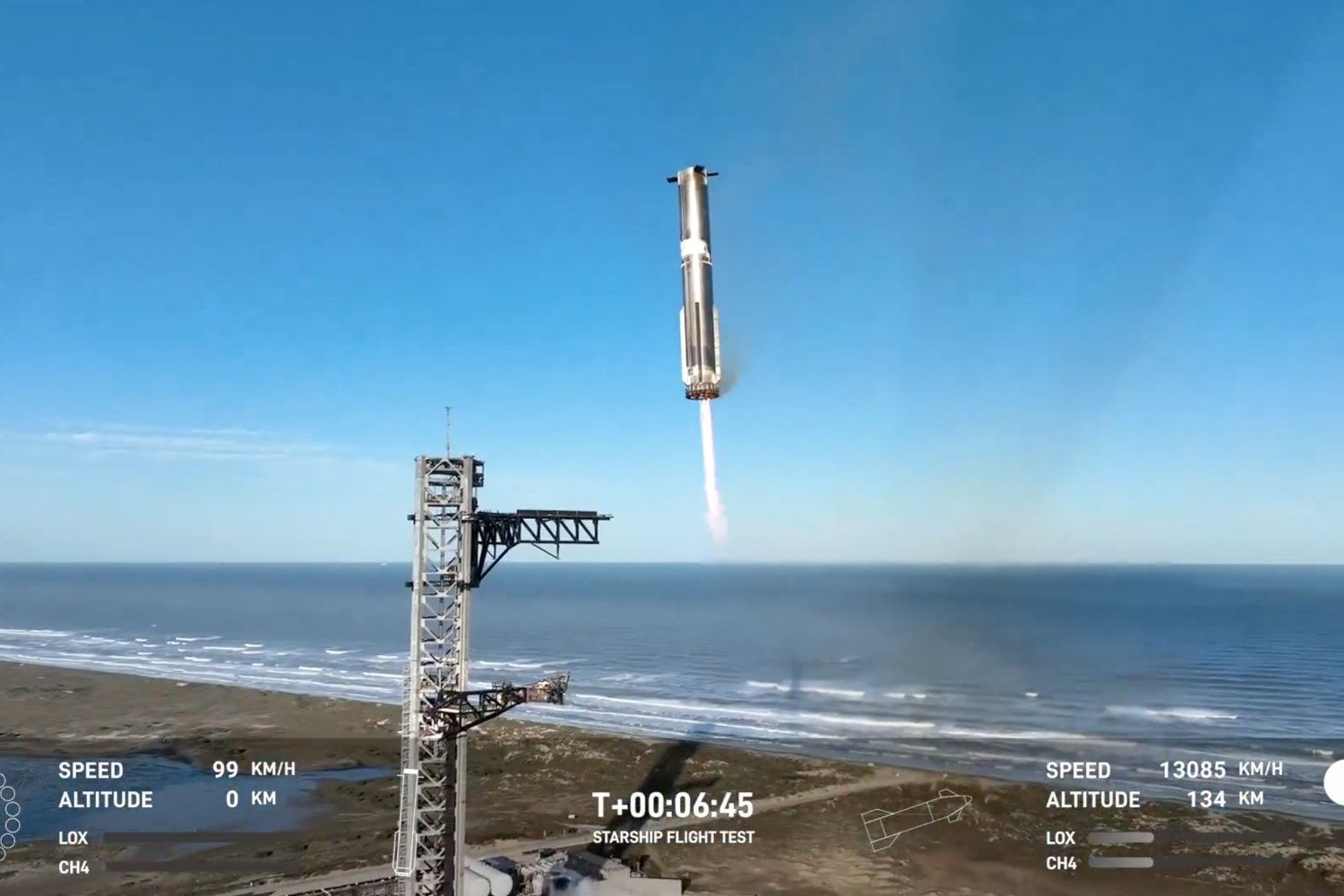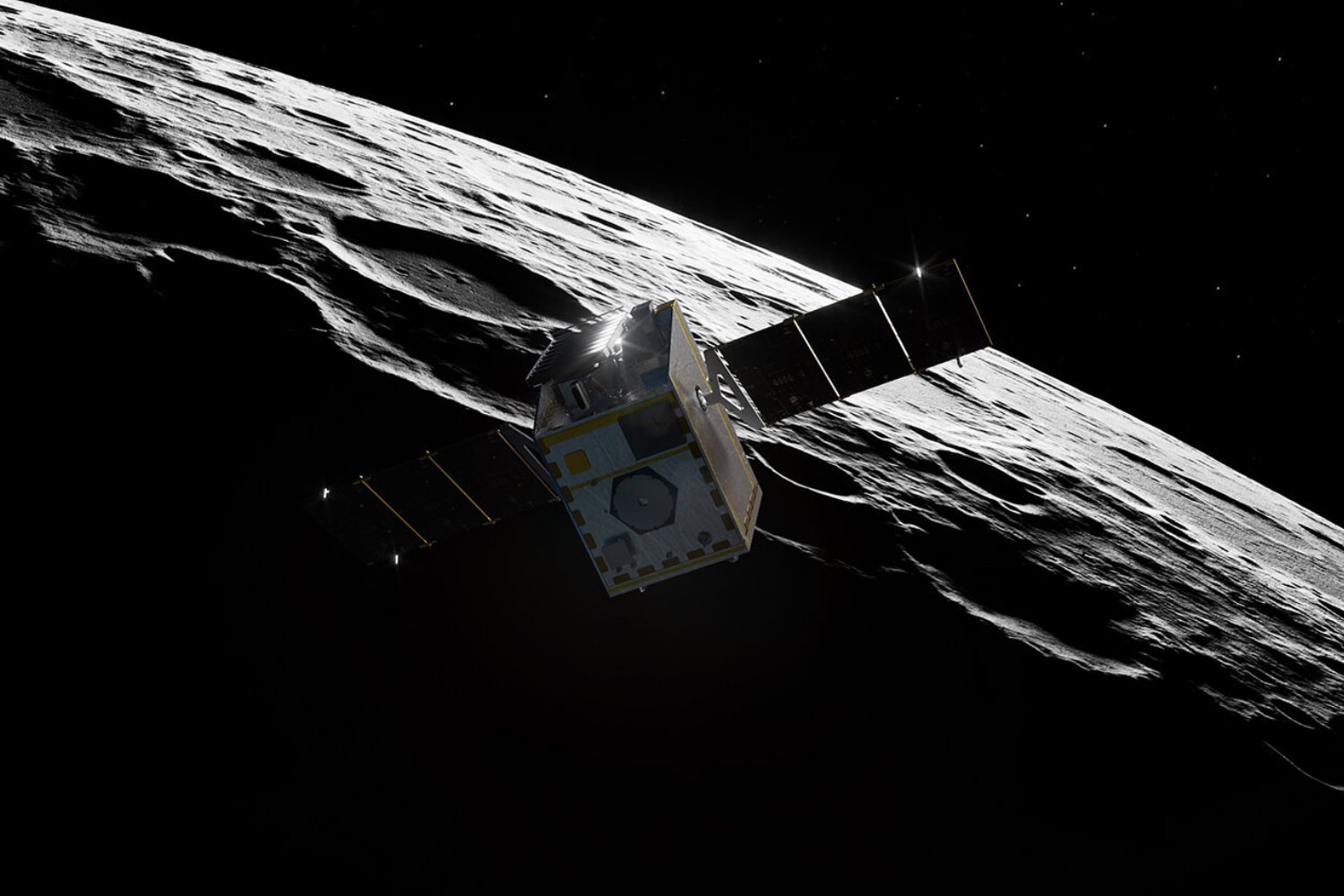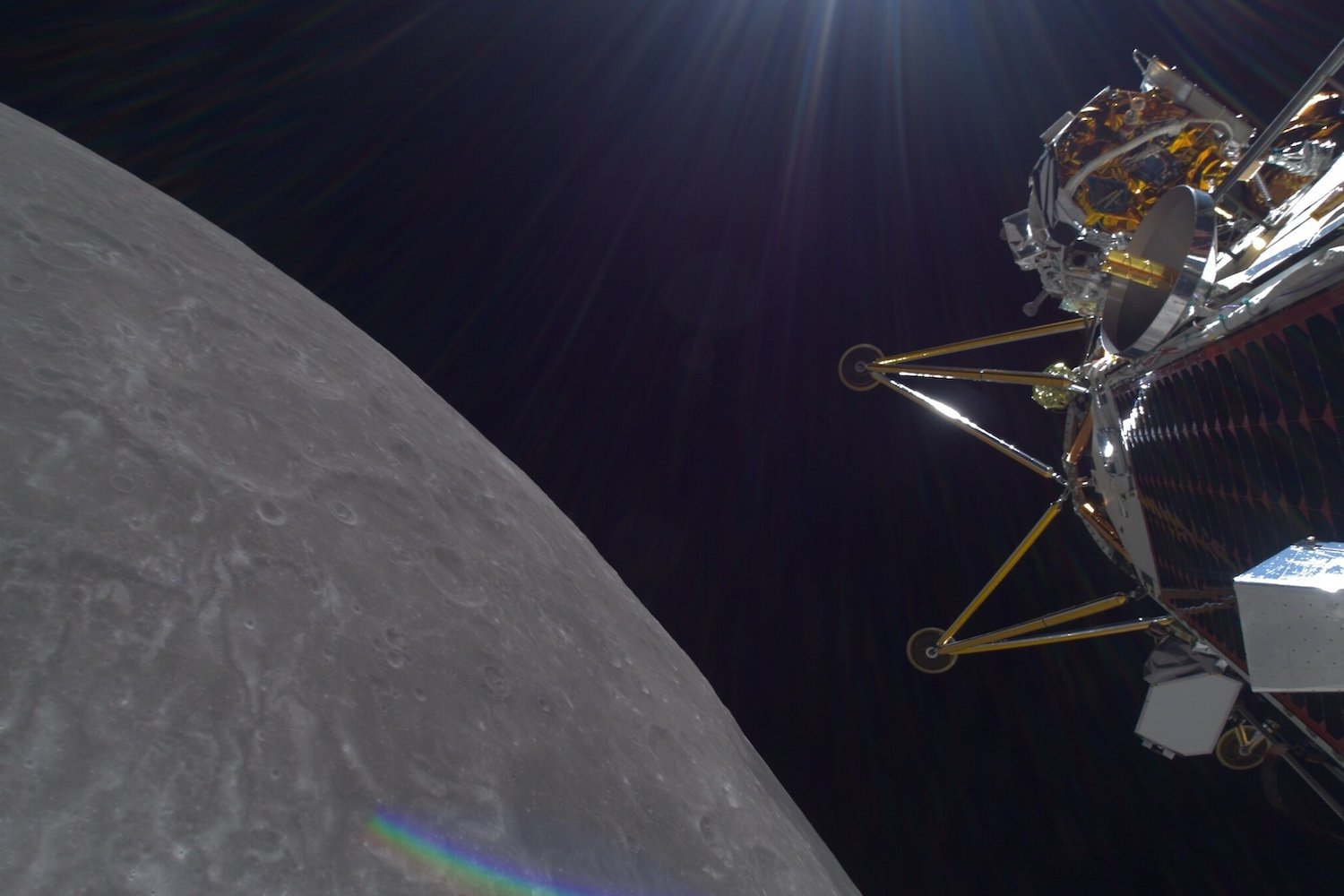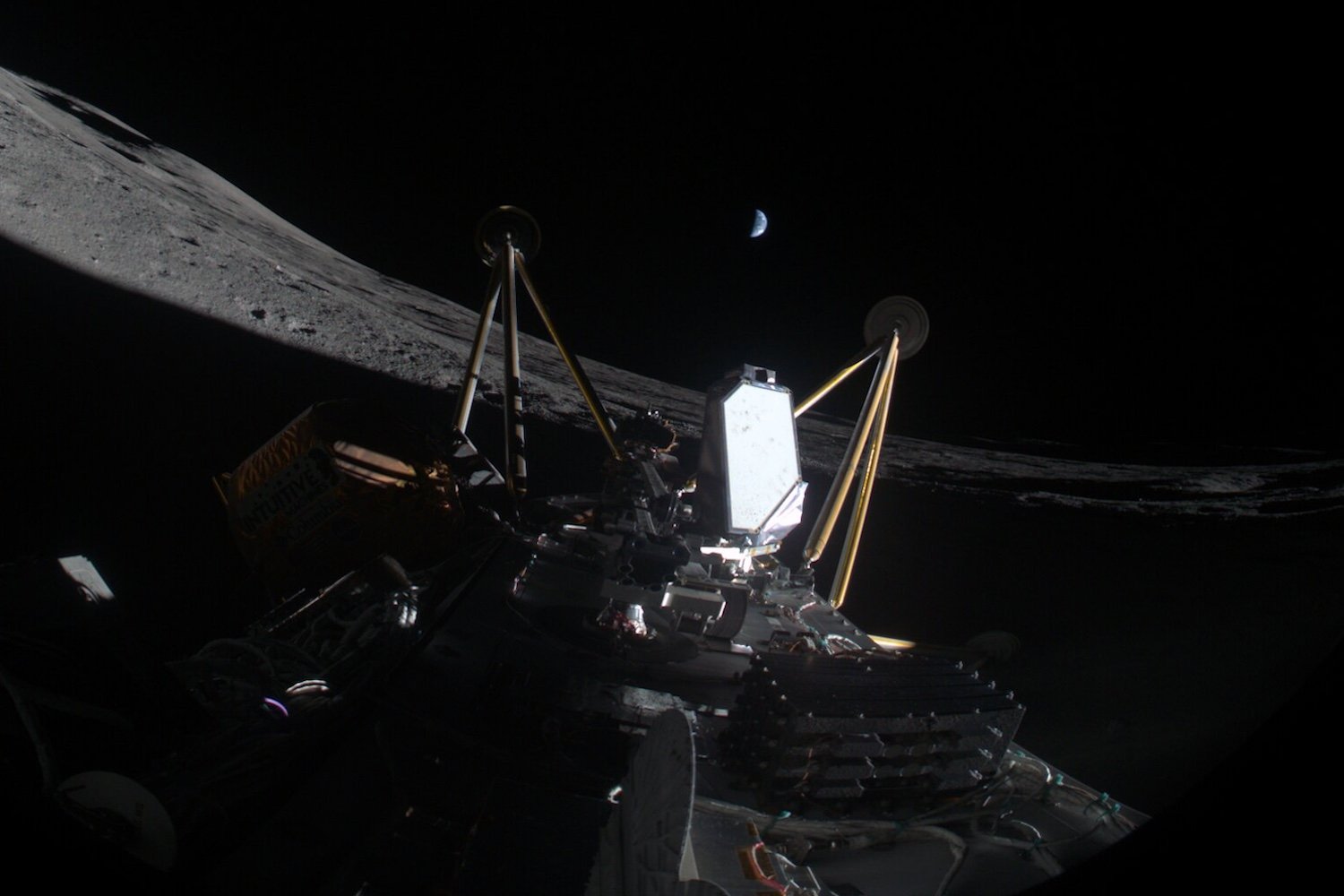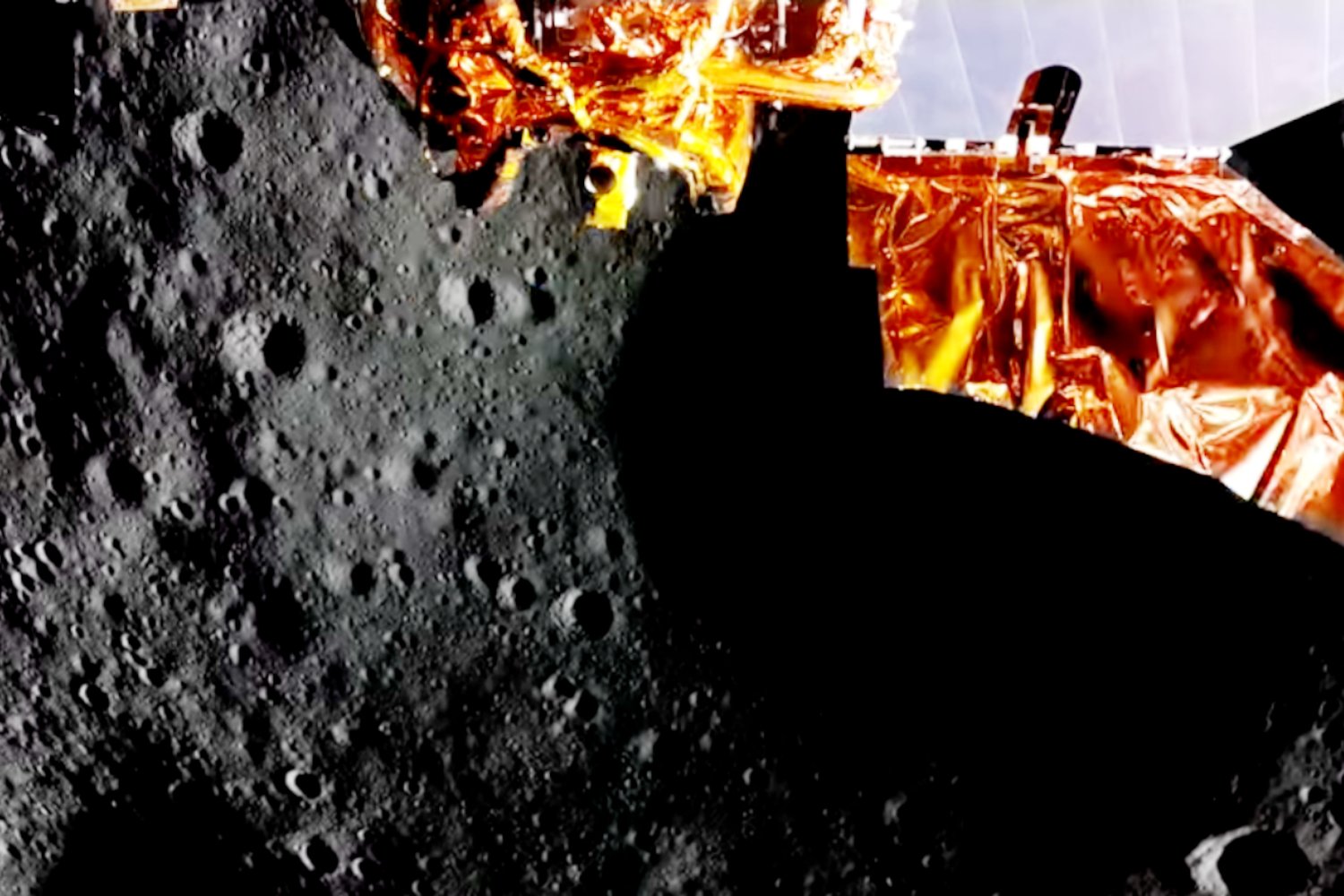A rare and captivating celestial event, a total lunar eclipse, is set to grace the night skies across North America on March 13-14, 2025. This astronomical phenomenon will cast Earth’s shadow upon the moon, transforming it into a mesmerizing reddish hue, often referred to as a “blood moon.” This guide provides everything you need to know to witness this spectacular event.
The total lunar eclipse will unfold during the late evening of Thursday, March 13, and extend into the early morning hours of Friday, March 14, 2025, varying with your specific time zone. Commencing at 11:57 PM Eastern Time (ET) on Thursday, the eclipse will span approximately six hours as the moon gradually emerges from Earth’s shadow. Unlike a solar eclipse, observing a lunar eclipse requires no specialized equipment. Simply find a spot with a clear view of the night sky and look up!
 March 2025 Total Lunar Eclipse Visibility MapThis map illustrates the visibility of the March 2025 total lunar eclipse, with times labeled in Coordinated Universal Time (UTC). Credit: NASA’s Scientific Visualization Studio
March 2025 Total Lunar Eclipse Visibility MapThis map illustrates the visibility of the March 2025 total lunar eclipse, with times labeled in Coordinated Universal Time (UTC). Credit: NASA’s Scientific Visualization Studio
Understanding Total Lunar Eclipses
A lunar eclipse occurs when Earth passes directly between the sun and the moon, obstructing sunlight and casting a shadow on the lunar surface. While lunar eclipses occur approximately twice a year, total lunar eclipses are less frequent.
During a total lunar eclipse, the entire moon passes through Earth’s umbra, the darkest part of its shadow. This passage through the umbra causes the moon to take on a reddish tint, leading to the moniker “blood moon.” This reddish coloration results from the scattering of sunlight through Earth’s atmosphere. Shorter wavelengths of light, such as blue, are scattered more effectively, while longer wavelengths, like red and orange, are refracted toward the moon. The amount of dust and clouds in Earth’s atmosphere can influence the intensity of the red hue, according to NASA.
Each region on Earth experiences a total lunar eclipse roughly every two to three years. The previous total lunar eclipse visible in the US took place in November 2022.
Observing the March 2025 Total Lunar Eclipse
The upcoming total lunar eclipse will be visible throughout the Western Hemisphere. With clear skies, the moon will be readily observable without any special equipment. To enhance your viewing experience, consider finding a location with minimal light pollution.
The eclipse will commence at 11:57 PM ET on Thursday, March 13. As the moon enters the Earth’s penumbra, the outer part of its shadow, it will begin to dim. Approximately an hour later, a partial eclipse will become apparent as the moon progresses further into the umbra.
Totality, the period when the moon is fully engulfed in Earth’s shadow, will begin at 2:26 AM ET and last until 3:31 AM ET. During totality, the moon will exhibit its characteristic coppery red appearance. Following totality, the moon will gradually emerge from Earth’s shadow, returning to its normal appearance around 6:00 AM ET.
An added bonus of the dimmed moonlight during the eclipse is the increased visibility of surrounding constellations.
Conclusion: Don’t Miss this Lunar Spectacle
The March 2025 total lunar eclipse promises a captivating celestial display for skywatchers across North America. With its readily observable nature and stunning visual transformation of the moon, this event presents a unique opportunity to connect with the wonders of our solar system. Mark your calendars and prepare to witness this extraordinary astronomical event.





